With the goal set for 2030, about 40-50% of localities nationwide plan to convert existing industrial parks into eco-industrial parks and 8-10% of localities plan to build new eco-industrial parks, the need for investment capital is very large.

According to data from the Ministry of Planning and Investment , by the end of 2023, the country had 416 established industrial parks, including four export processing zones with a total natural land area of about 129.9 thousand hectares and a total industrial land area of about 89.2 thousand hectares.
Up to now, the system of industrial parks has been present in 61 out of 63 provinces and cities nationwide, becoming a key area attracting domestic and foreign investment projects as well as a destination for many leading corporations in the world. In the new development trend, economic organization models by territory are changing in development goals and Vietnam is no exception. At the same time, towards sustainable development, the requirement to build green industrial parks and convert existing industrial parks into ecological industrial parks is becoming an urgent need to adapt to development requirements.
An assessment report by the Ministry of Planning and Investment shows that in more than 30 years of forming and developing industrial zones in Vietnam, up to now, the development of industrial zones in width is facing difficulties due to the limited resources of labor, land, and resources, while labor productivity and resource exploitation efficiency are not high, not ensuring harmony between economic development, environmental protection and social security. This process is also facing difficulties when tax and land incentives are gradually decreasing and the linkage and cooperation in industrial production in industrial zones and economic zones are still limited.
According to the plan, by 2030, 40-50% of localities nationwide will have plans to convert existing industrial parks into eco-industrial parks and 8-10% of localities will have plans to build new eco-industrial parks. A survey by the International Investment Research Institute (ISC) shows that the need to attract investment capital to fill the remaining area of Vietnam's planned industrial parks is up to about 600-650 billion USD; total investment capital for infrastructure development and filling industrial parks is up to about 650-700 billion USD.
In addition, the demand for investment capital to innovate technology in enterprises in industrial parks and to restructure and convert 293 existing industrial parks into ecological industrial parks to realize the green growth goal according to the commitment of the Vietnamese Government to the international community is also very large.
According to the Vietnam Industrial Park Finance Association, the implementation time of an industrial park infrastructure investment project can last more than 3 years, even 5 years because of many difficulties and problems in the legal framework, site clearance, etc., especially investment in the model of new industrial parks and ecological industrial parks.
Although the Government has issued Decree 35/2022/ND-CP dated May 28, 2022 regulating the management of industrial parks and economic zones, providing clearer definitions of export processing zones, supporting industrial parks, ecological industrial parks, high-tech industrial parks, etc., the implementation process still has many problems. In addition, regulations and orientations for the development of industrial parks are still scattered in many legal documents and other laws, such as the Land Law, Construction Law, and Environmental Protection Law, causing difficulties for the implementation process.
Sharing about the implementation of the circular economy project in the industrial park, Mr. Chu Duc Tam, Vice Chairman of the Board of Members of SM Tech Vina Engineering Company, said that there was a case where a production enterprise needed a lot of lubricants and after completing the product, the volume of waste oil was also very large. This enterprise found a partner willing to buy the waste oil because it met the standards to be used as input material for their production activities.
However, the two sides cannot cooperate with each other because of many regulations. From this reality, Mr. Chu Duc Tam said that in order to build a green industrial park, promote the circular economic model and handle the environment in the economic zone, in addition to financial issues, the State needs to have appropriate mechanisms and policies. The nature of the circular economy is a closed production cycle and the waste of one enterprise can become the input material of another enterprise, thereby reducing all negative impacts on the environment, ecosystem and human health. If there is no distinction between new oil and recycled oil and a common tax rate is applied, there will be no symbiotic relationship between enterprises to create a circular economy.
Dr. Ngo Cong Thanh, Vice President of the Vietnam Industrial Park Finance Association, said that attracting investment to develop economic zones and industrial parks is showing limitations that need to be overcome. That is, the planning and development orientation of industrial parks and economic zones still lacks a comprehensive vision and long-term perspective, is still spread out according to administrative boundaries, lacks industry and regional linkages; the quality and efficiency of investment attraction have not met the requirements of in-depth development.
Besides, localities and investors developing infrastructure for domestic industrial parks still prioritize attracting investment for filling, not really paying attention to the industry structure, technology, environmental and social factors of investment projects, so the efficiency of investment in developing industrial parks has not met the requirements.
On the other hand, due to limited financial capacity, industrial park infrastructure investors still have the mentality of waiting to find secondary investors before investing in shared infrastructure in the industrial park, while foreign investors want to have land and technical infrastructure immediately before deciding to invest. This is one of the reasons why many industrial parks have low occupancy rates.
In order to mobilize large capital sources for investment in industrial parks and economic zones in the coming time, Dr. Ngo Cong Thanh said that there should be fundamental changes in clearing capital flows, creating conditions for investors to easily access production factors and innovate investment promotion activities. In addition, legal issues regarding the formation and development of ecological industrial parks, the conversion of existing industrial parks into ecological industrial parks need to be legalized or specifically guided, encouraging investors to participate in the development of industrial park infrastructure.
Every year, the amount of foreign direct investment (FDI) in industrial parks and economic zones accounts for 60-70% of the FDI capital attracted nationwide and this rate is still on the rise. This shows that industrial parks play a very important role in foreign investment cooperation activities in Vietnam and the trend of foreign investment in Vietnam in the coming time will focus mainly on industrial parks and economic zones. Dr. Phan Huu Thang, Chairman of Vietnam Industrial Park Finance Association |
Source


![[Photo] Vietnamese and Hungarian leaders attend the opening of the exhibition by photographer Bozoky Dezso](https://vphoto.vietnam.vn/thumb/1200x675/vietnam/resource/IMAGE/2025/5/28/b478be84f13042aebc74e077c4756e4b)

![[Photo] General Secretary To Lam works with the Central Policy and Strategy Committee](https://vphoto.vietnam.vn/thumb/1200x675/vietnam/resource/IMAGE/2025/5/28/7b31a656d8a148d4b7e7ca66463a6894)
![[Photo] 12th grade students say goodbye at the closing ceremony, preparing to embark on a new journey](https://vphoto.vietnam.vn/thumb/1200x675/vietnam/resource/IMAGE/2025/5/28/42ac3d300d214e7b8db4a03feeed3f6a)

![[Photo] Prime Minister Pham Minh Chinh receives a bipartisan delegation of US House of Representatives](https://vphoto.vietnam.vn/thumb/1200x675/vietnam/resource/IMAGE/2025/5/28/468e61546b664d3f98dc75f6a3c2c880)
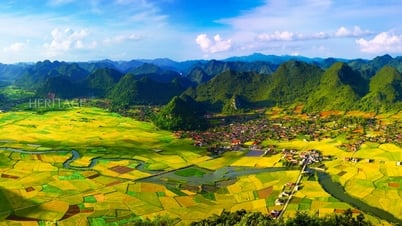





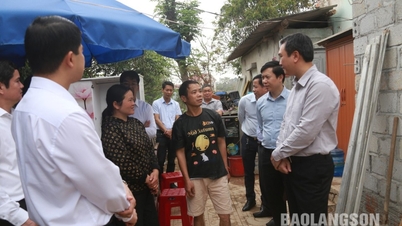

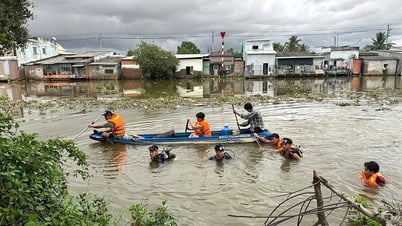
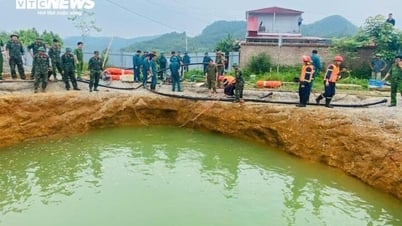

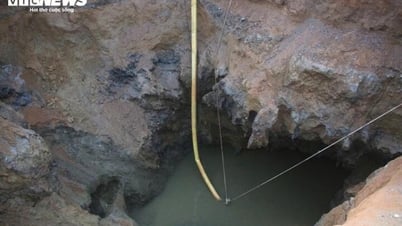
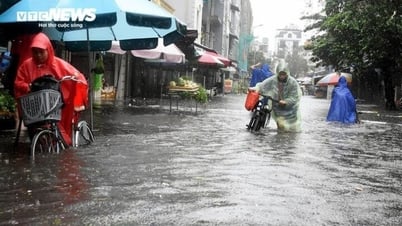
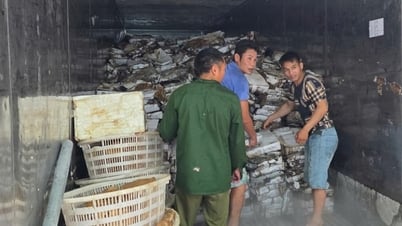
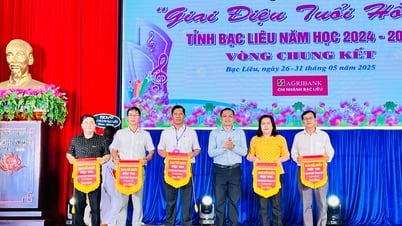




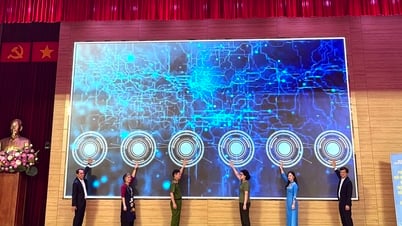

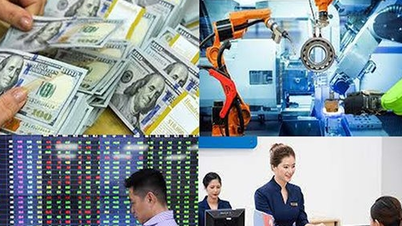


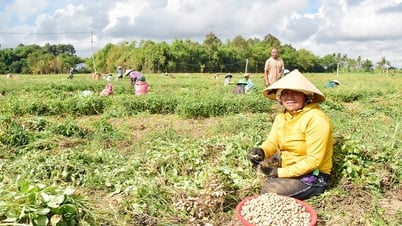
















































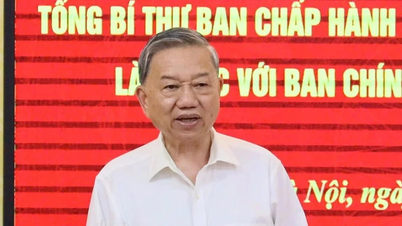

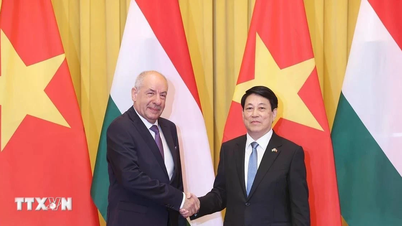
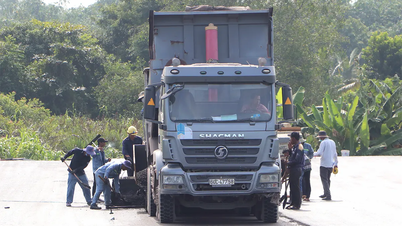

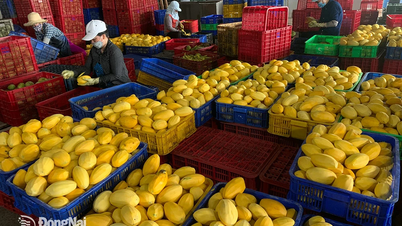

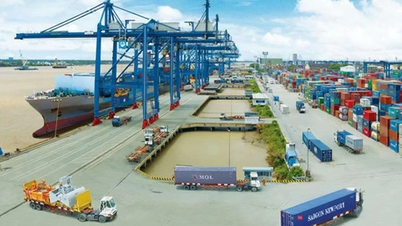







Comment (0)